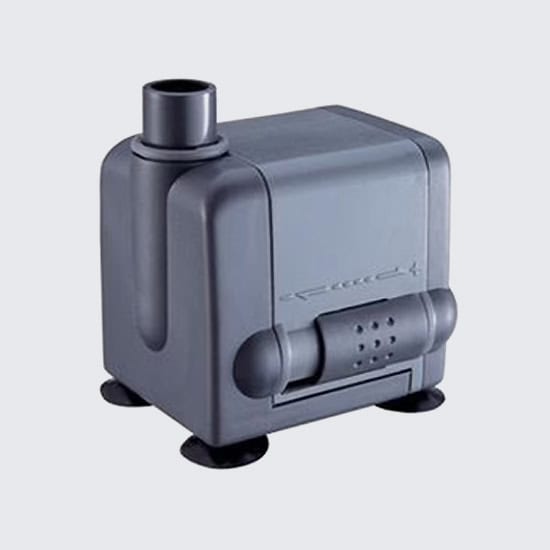Submersible pumps are designed to be submerged in water and are widely used for ponds and water fountains. So, before you purchase pumps for fountains, let us understand the distinct sections of a submersible pump and how you can maintain these parts for their efficient performance.
Motor
The core of the submersible pump is made of a motor that turns electrical energy into mechanical energy to propel the pump. The motor is sealed to prevent water from entering and damaging the motor. For optimal performance, you need to regularly check the motor for any damage. Make sure that you keep the motor clean and free from debris to prevent overheating. If there are any maintenance specifications, you can enquire with the supplier when you purchase pumps for fountains.
Impeller
This part of the pump is responsible for providing the requisite pressure to circulate water through the pump and consists of curved blades that spin swiftly, thus generating centrifugal force. A broken or clogged impeller can impair its efficacy. Hence, to maintain the impeller, it should be regularly examined for any obstructions or damage. You may also clean it if necessary in order to preserve its efficacy.
It is vital that you prevent pump cavitation as it can damage the impeller and other pump components. It occurs when the pressure in the fluid dips below the vapor pressure, causing the formation of bubbles and collapse. This can pit the impeller and destroy the pump seals. So, to avoid this, you need to take a close look and recognize the cause of the pressure decrease, reposition the pump close to the fluid source, and remove as many bends and valves as possible.
Discharge Pipe
This is another integral component of submersible pumps. Its function is to deliver water from the pump to the usage location. Discharge pipes are mainly composed of PVC and are available in various diameters. The diameter of the discharge pipe directly impacts the pump’s flow and pressure. A larger diameter means lower frictional losses and enhanced flow rate.
In order to maintain the discharge conduit, the pipe should be regularly inspected for signs of corrosion or damage. It should be repaired or replaced for a smooth water flow. Also, the discharge pipe should be supported correctly to prevent sagging or bending.
Control Panel
Some large pumps, for example by Kasco, include control panels, which allow you to start and control the functioning of the submersible pump. So you can familiarize yourself with the functions and indications of the control panels and regularly inspect them for any loose connections and damaged components.
Easy Tie Adapters
These are used to attach the pump’s lower power cables and discharge pipe. The adaptors should be firmly attached to prevent any unsecured connections. If there are any signs of wear and damage, it should be replaced to maintain a secure connection.
Check Valve
This one-way valve prevents water from flowing back into the pump when it’s off. For its proper maintenance, it needs to be inspected regularly to make sure that it is functioning effectively.
Conclusion
Submersible pumps are crucial in maintaining the water fountains since they play various roles and purposes. Hence, the above tips should be followed to preserve their smooth functioning so that the water bodies remain clean.


